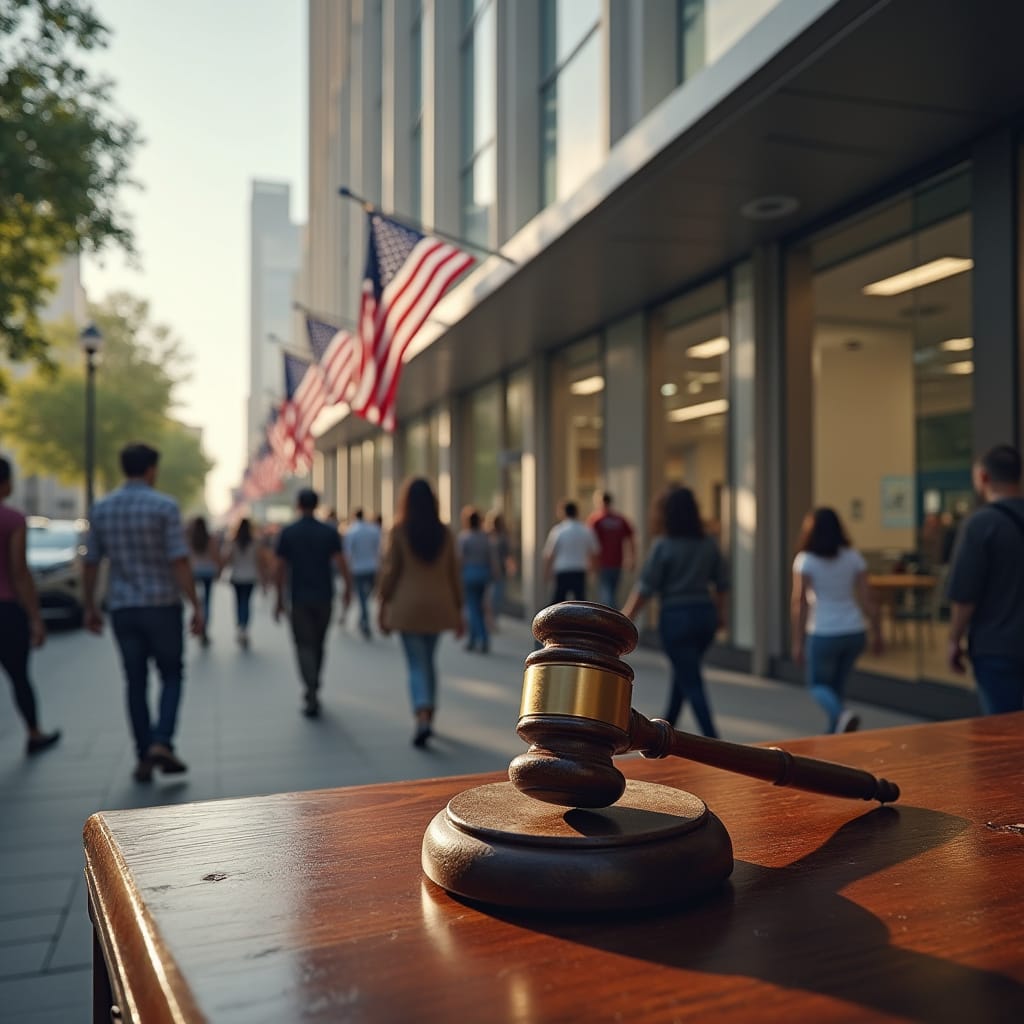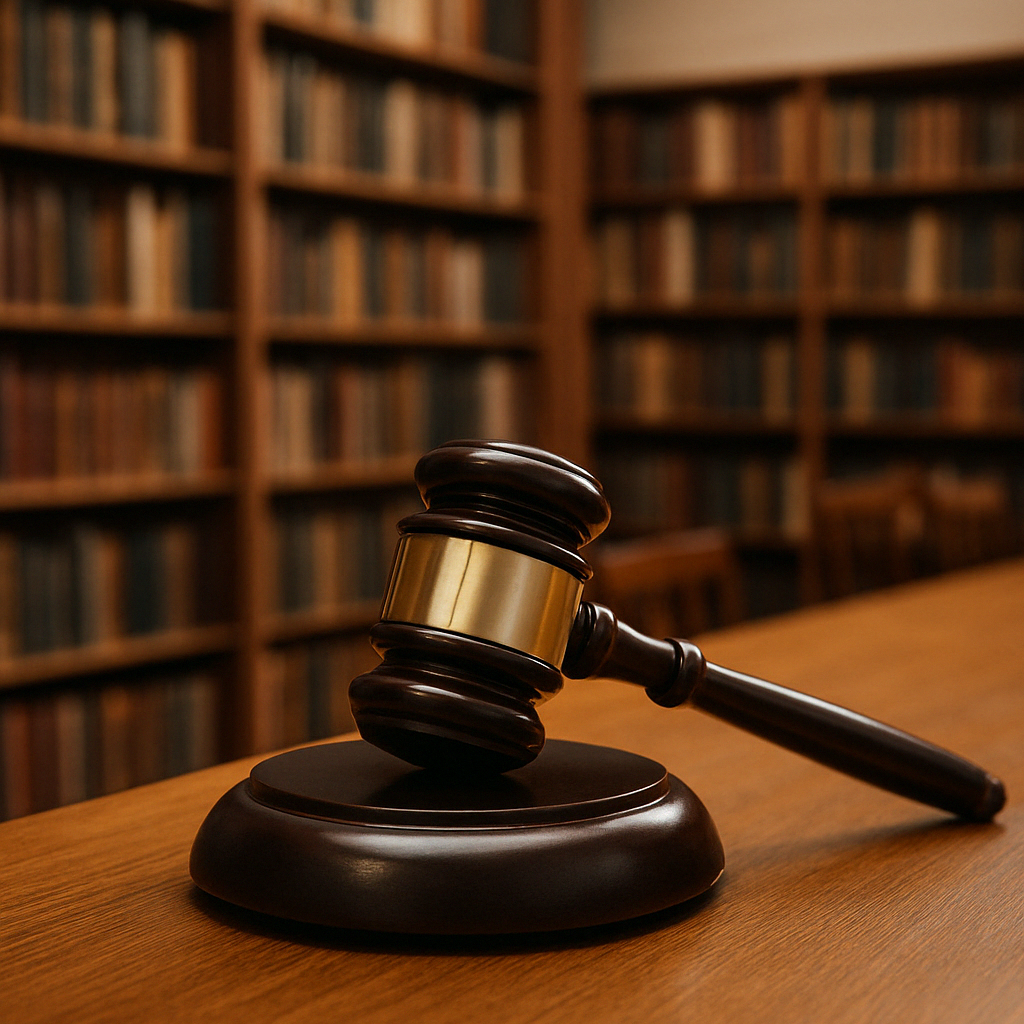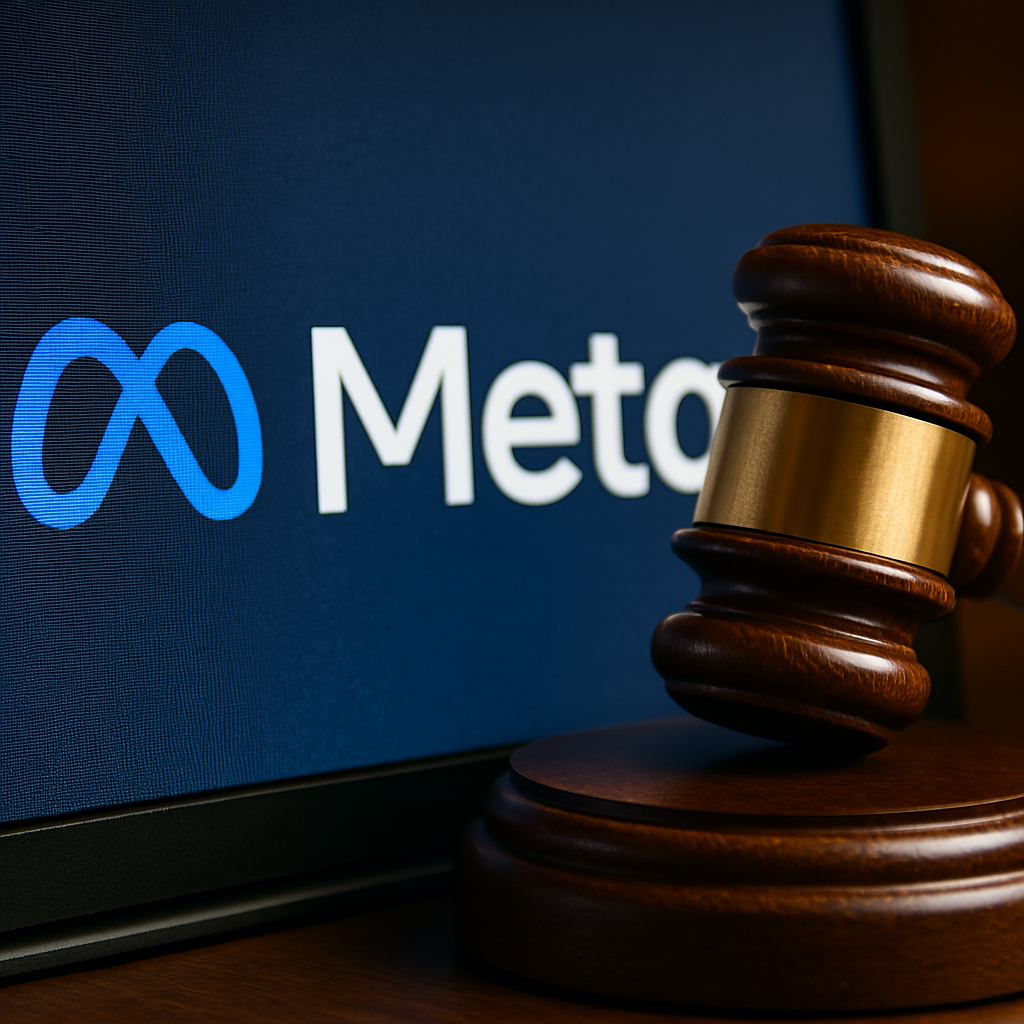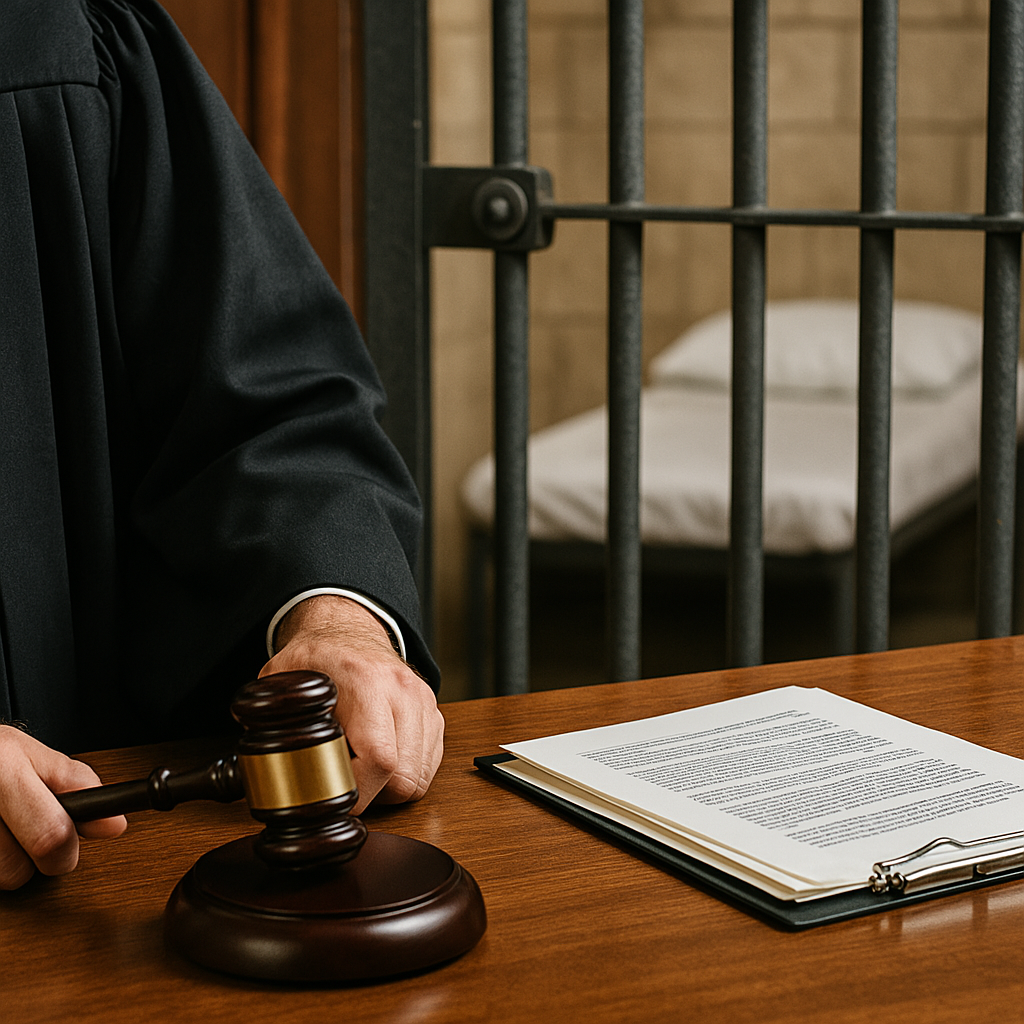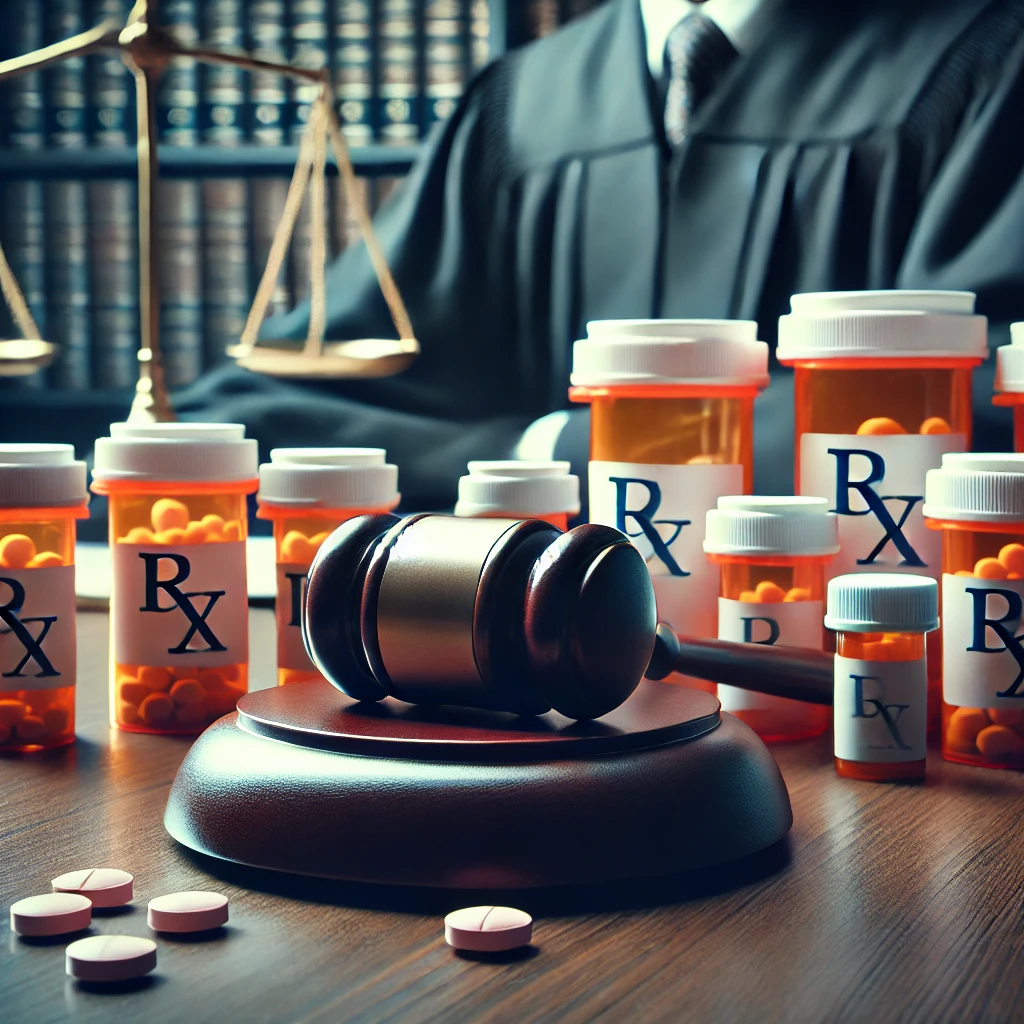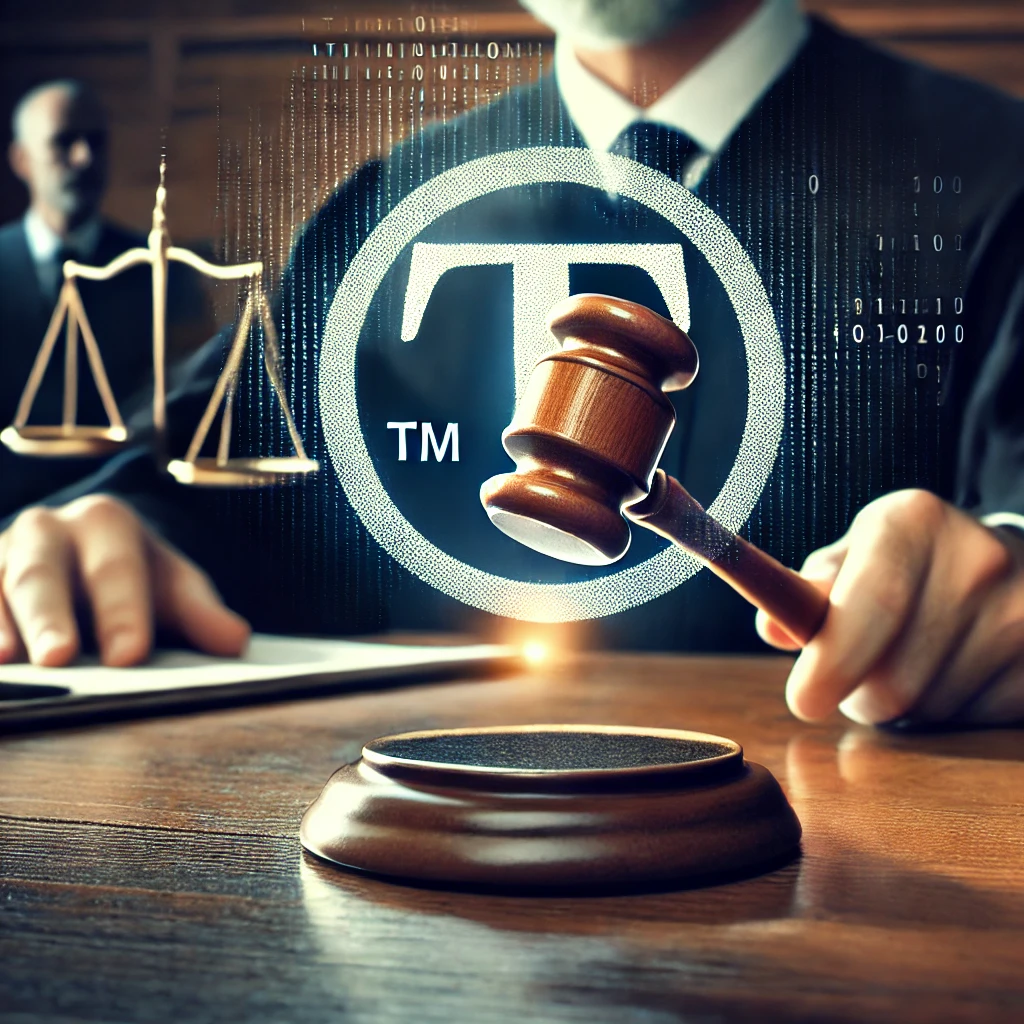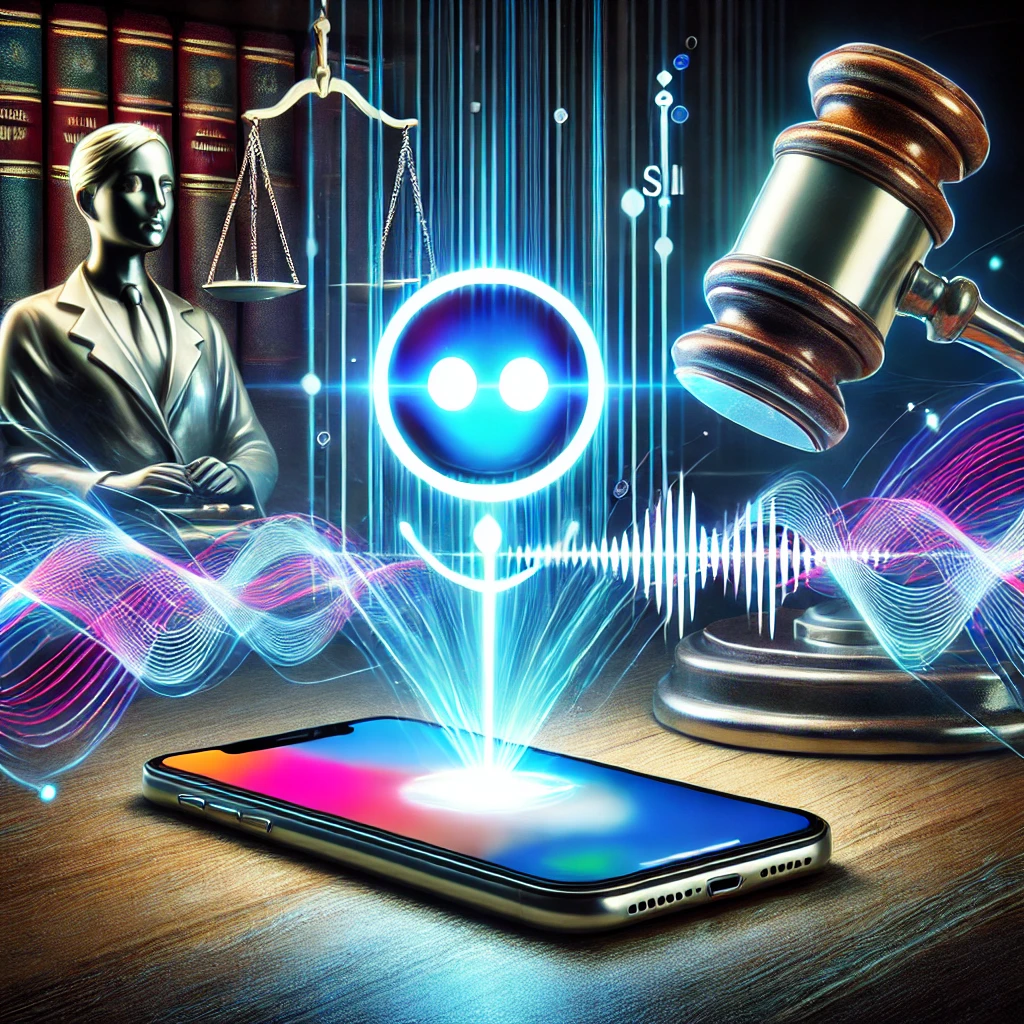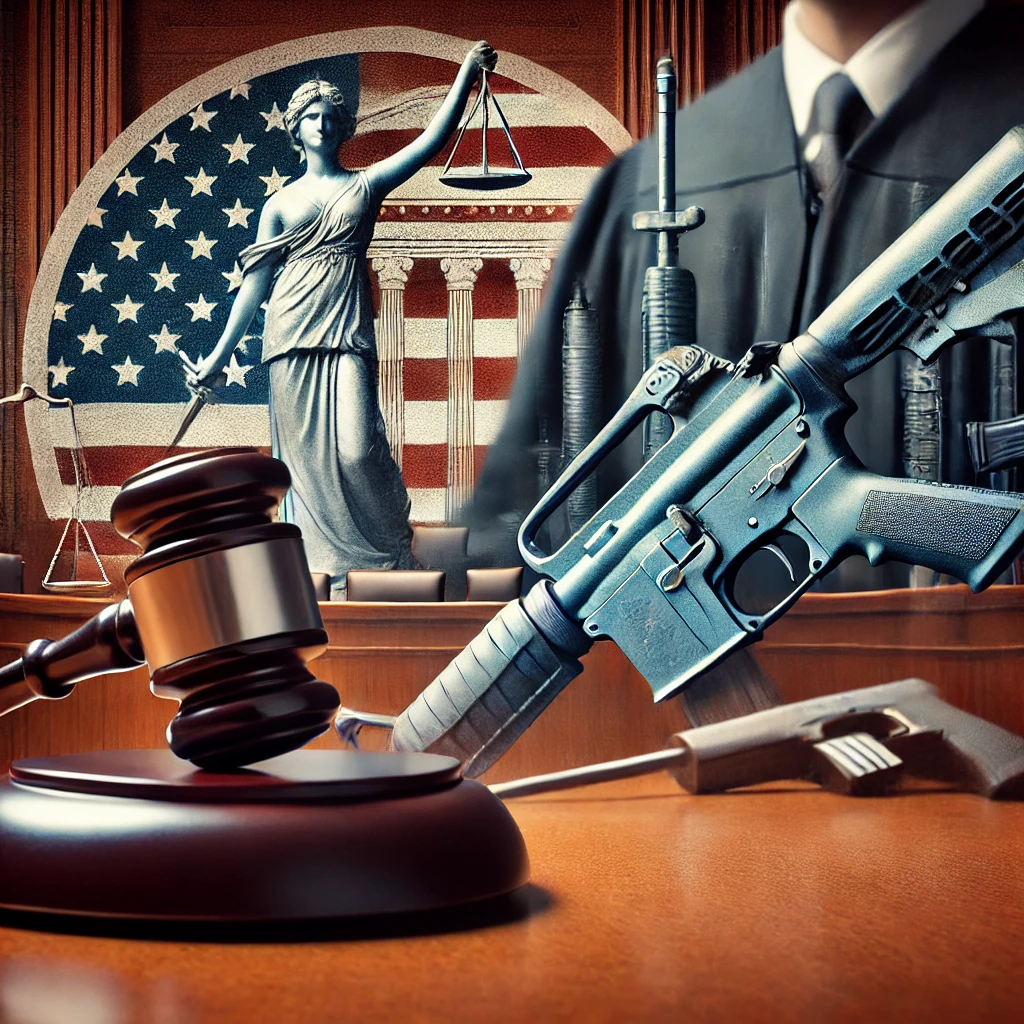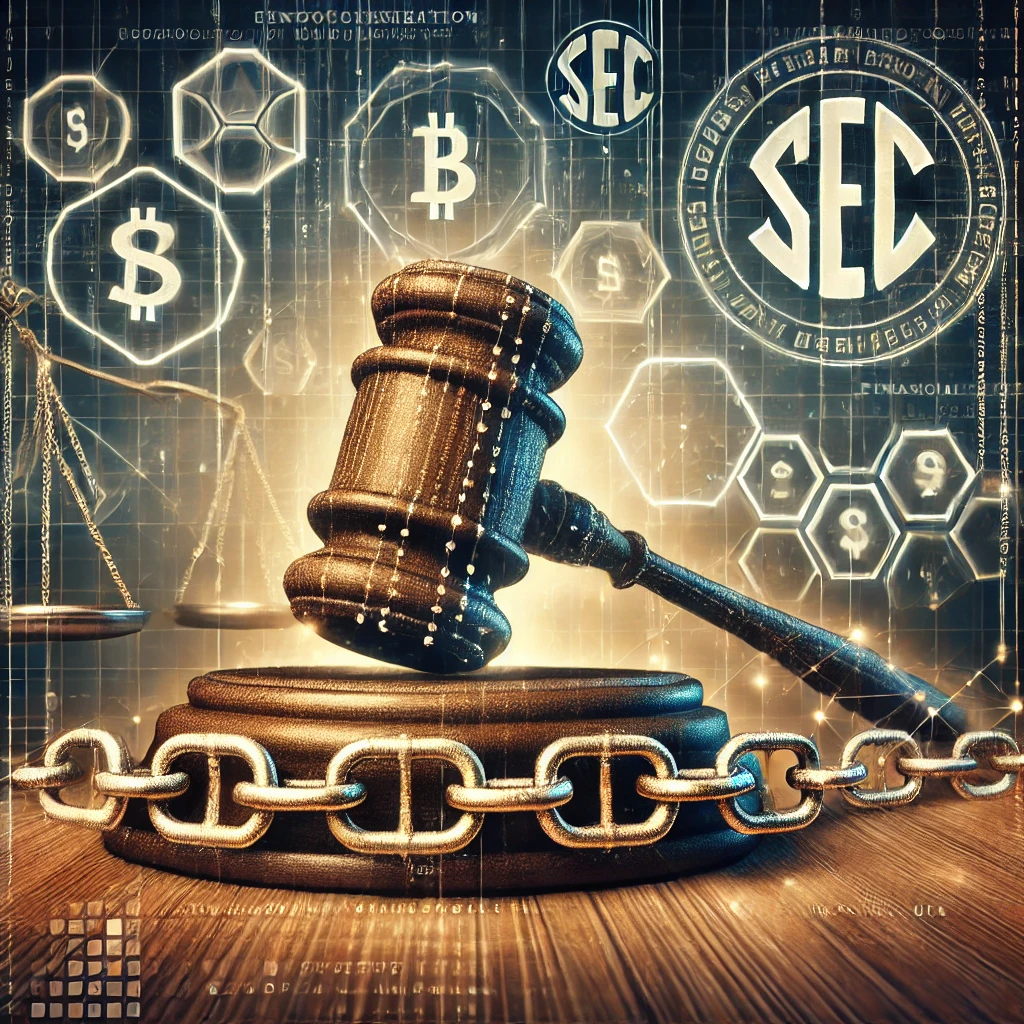MALDEF Sues Georgia Credit Union for Alleged Immigration Discrimination
The Mexican American Legal Defense and Educational Fund (MALDEF) has filed a class-action lawsuit against a Georgia credit union, accusing it of discriminatory lending practices targeting immigrants. The lawsuit alleges that the credit union systematically denied auto loans and other credit services to Deferred Action for Childhood Arrivals (DACA) recipients and other non-citizens solely based on their immigration status.
According to court documents, MALDEF argues that the credit union’s policies violate both federal and state civil rights laws by refusing to consider applications from individuals who are lawfully present in the U.S. but do not hold U.S. citizenship or permanent residency. Plaintiffs in the case include DACA recipients who claim they were denied auto loans despite having stable income, strong credit scores, and valid identification.
MALDEF’s President and General Counsel, Thomas A. Saenz, stated, “Credit decisions should be based on creditworthiness, not immigration status. This kind of discrimination not only harms individuals, but it also weakens communities and violates the law.”
The lawsuit highlights the legal gray area many DACA recipients occupy. Though protected from deportation and permitted to work in the U.S., they often face systemic barriers to financial services and economic mobility. Plaintiffs argue that by categorically denying loans to individuals with valid employment authorization, the credit union is unfairly penalizing them based on assumptions rather than financial risk.
Legal experts say this case may serve as a key test of how far protections for DACA recipients extend in areas like consumer finance. If the court rules in MALDEF’s favor, it could lead to broader enforcement of anti-discrimination laws in lending, particularly in states with growing immigrant populations.
The credit union has not publicly responded to the lawsuit but is expected to defend its lending policies based on risk assessment and regulatory compliance. However, critics argue that such defenses often mask policies that disproportionately harm minority and immigrant communities.
This case adds to a growing number of legal challenges focused on economic discrimination against immigrants, especially in southern states. Advocates hope the lawsuit will lead to greater scrutiny of financial institutions and encourage them to review internal policies that may unintentionally exclude qualified borrowers.
Plaintiffs are seeking a court order requiring the credit union to revise its lending practices, as well as monetary damages for affected individuals. The outcome of the case could impact lending policies across the country and reinforce the legal standing of DACA recipients and other lawfully present immigrants.
For now, the lawsuit is moving forward, and MALDEF has pledged to continue fighting policies that create unjust financial barriers for immigrant communities. “Access to credit is a cornerstone of economic opportunity,” said Saenz. “No one should be denied that opportunity because of where they were born.”

